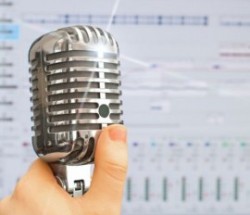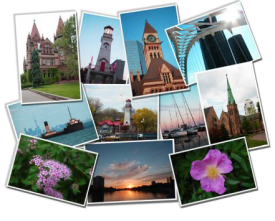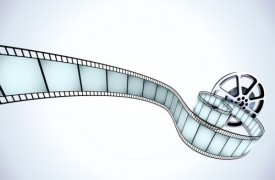1. Text - Text
might be easily neglected as a multimedia option, yet it is still the most
essential element and most effective means to communicate through multimedia.
Text is utilized in the form of headlines, subtitles, and slogans. Its goal is
to express specific information or to reinforce information conveyed through
other media. It entails the use of various font kinds, sizes, colors, and
backgrounds. For example, you may select a typeface, as well as its size and
color, to establish a tone or project an image, or you can select the backdrop
color to convey a specific mood.

2. Sound - In the context of multimedia systems, a framework for
writing non-speech sound objects is suggested. The objective is to create
unique noises and dynamic behaviors that convey dynamic and multidimensional
information. A three-layer abstraction approach is used to create sounds: a physically
based definition of sound identity, a signal-based description of sound
quality, and a perception- and geometry-based description of sound projection
in space.

3. Graphics - Because people are visually oriented, graphics are a
crucial component of multimedia. Graphics include images such as pictures,
illustrations, sketches, clip art, icons, and any other non-text components on
a website or in social media. There is no movement in these photographs. Text
is often accompanied by still/static images to highlight the point or thoughts
made in the text. Photos in a multimedia application are used for more than
simply aesthetics. In a multimedia environment, graphics might take the form of
slide presentations or galleries that visitors to a website or social media
platform can see. They may be clickable, allowing the viewer to navigate to
another element, such as music or video. Graphics may be used in a wide range
of multimedia applications, facilitating communication through appealing visual
effects.

4. Animation - Animated components are often used in multimedia
applications. An animation is a series of pictures that are stitched together
to create the illusion of movement. Digital animation in 2D and 3D is utilized
in multimedia. Movement, rather than simply watching a still image, is
particularly effective for demonstrating topics involving movement. Animation
is used to provide visual appeal to a page or to draw attention to essential
information or connections. It may be used to demonstrate how things function
or to deliver information in an amusing manner. Interactive effects, which
allow visitors to interact with the animation action using their mouse and
keyboard, can also be included in animation. Animation is a dynamic and
media-rich kind of information that stays within a single container on a
website a particularly effective method of communication.

5. Video - Video is a type of visual multimedia application that
mixes a series of images to create moving visuals and sound. Video may have a
very distinct and strong influence on websites and social media platforms. You
may let the world know that your firm exists, spread the word about it, attract
attention to show your visitors how to accomplish something, display a new
product, develop brand recognition, or even advertise a forthcoming event.






Keep up of being a hard worker
ReplyDeleteNice info 👍🏻
ReplyDeleteThank you for this wonderful blog. Keep sharing these kinds of informative blogs.
ReplyDeleteDistance education multimedia management